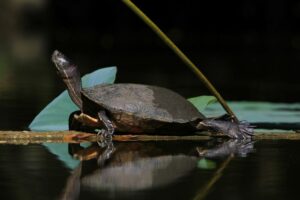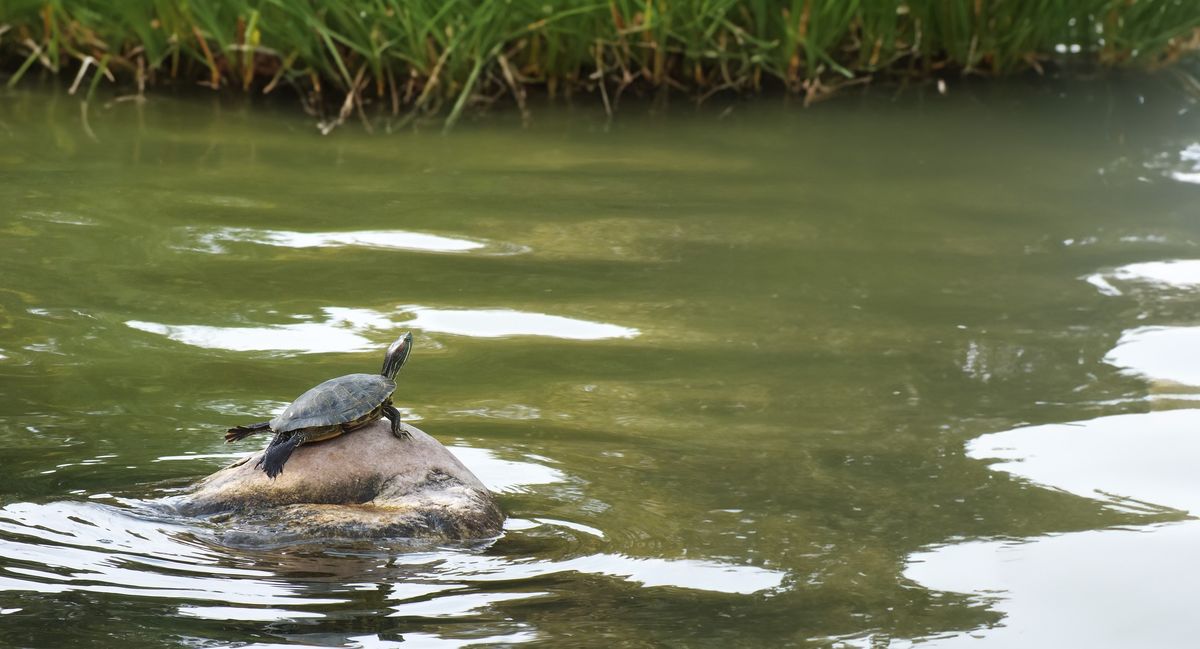Guadeloupe is home to a variety of ecosystems populated by a rich and unique biodiversity. But, as in all the territories of the insular Caribbean, this abundant biodiversity faces a major threat: the invasion of exotic species.
The latest report from IPBES, the Intergovernmental Science-Policy Platform on Biodiversity and Ecosystem Services, is unequivocal: invasive alien species are a considerable threat to global biodiversity and are one of the main causes of its decline. This is especially the case for island environments, whose characteristics make them more vulnerable to these intruders. Studying these species is essential to better understand their impact and define targeted, effective action plans. It is thus one of the priority research themes supported by Caribaea Initiative (more information).
In Guadeloupe, exotic species, whether there are plants, animals or microorganisms, have major ecological, economic and social consequences. Among the many introduced species, three non-native freshwater turtle species have been detected in the archipelago: the African slider (Pelusios castaneus), native to Africa, the Antillean slider (Trachemys stejnegeri), native to Puerto Rico, and the Yellow-bellied slider turtle (Trachemys scripta), originating from the United States of America and Mexico and listed among the 100 most invasive species in the world.
Although these species appear placid, they can have a direct impact on their new ecosystem through their diet (competition, predation), or through the introduction of pathogens that they carry. Despite these risks, their distribution and abundance have been poorly documented in Guadeloupe.

Antillean slider (Trachemys stejnegeri)
To better understand the impact of the three turtles, Jeffey M. Paul, a PhD student specializing in freshwater turtles, and his colleagues investigated the current state of the populations of these species. The aim of the study was to better understand the distribution and abundance of these species, and to identify the factors that influence their presence.
In the course of the study, 62 sites on the island were selected, at which Jeffey and his colleague Dr. Christophe Cambrone identified and counted individuals using a standardized method. The researchers also collected environmental data. They then used statistical models to analyze the data collected and determine how human activities and other factors affect the spatial distribution of these species.
The results of the study reveal that both Trachemys species appear to favor similar habitats and are active at the same time, suggesting similar ecological requirements. In contrast, the distribution of Pelusios castaneus is independent of the two Trachemys species.
Human activity also plays a key role. Indeed, both Trachemys species seem to thrive in anthropized environments, which could indicate that human factors play an important role in their introduction into Guadeloupe’s ponds and their spatial expansion across the island. In contrast, P. castaneus is negatively impacted by the degree of anthropization. Furthermore, a comparison with previous data revealed that Trachemys have expanded their distribution area in Guadeloupe and may even have become more abundant than Pelusios castaneus, despite a more recent introduction.
As the populations of these turtles continue to expand, further studies are needed to better understand their impact. In particular, the authors suggest the use of modern tools, such as environmental DNA analysis, to obtain highly reliable results in any type of environment, regardless of the ease with which individuals can be observed. In addition, they propose to identify the plant and animal species that these turtles consume, as well as their pathogens, in order to more accurately assess their impact on native biodiversity. Monitoring the invasion dynamics and understanding the impact of these species are necessary steps to take appropriate measures to protect Guadeloupe’s unique biodiversity from this still largely unknown threat.
About the authors
Of Haitian nationality, Jeffey M. Paul holds a degree in agricultural engineering and a master’s degree in ecology. He is currently conducting a doctoral thesis at the Université des Antilles, thanks to the support of the Caribaea Initiative, on the different species of freshwater turtles found in the insular Caribbean. He has benefited from the field support of Dr. Christopher Cambrone, scientific coordinator at Caribaea Initiative after his doctorate carried out with the support of the association.
Reference
Paul, J.M., Cézilly, F., Bezault, E. & Cambrone, C. (2023). Modelling the distribution of three invasive freshwater turtles in mainland Guadeloupe: Analysis of their presence, abundance and co-occurrence. Sustainability 15: 13450.
The MERCI project is co-financed by the INTERREG Caribbean program under the European Regional Development Fund.



